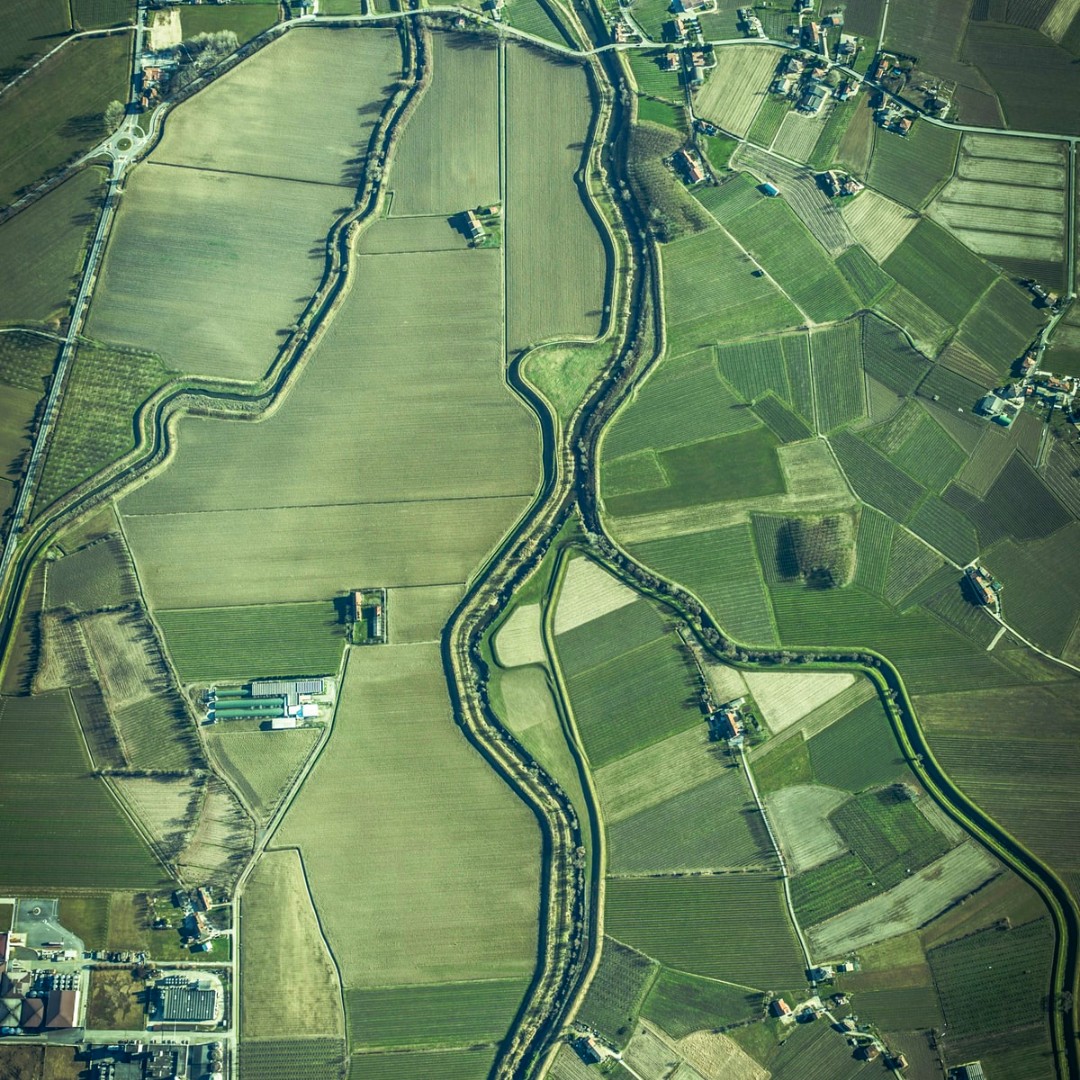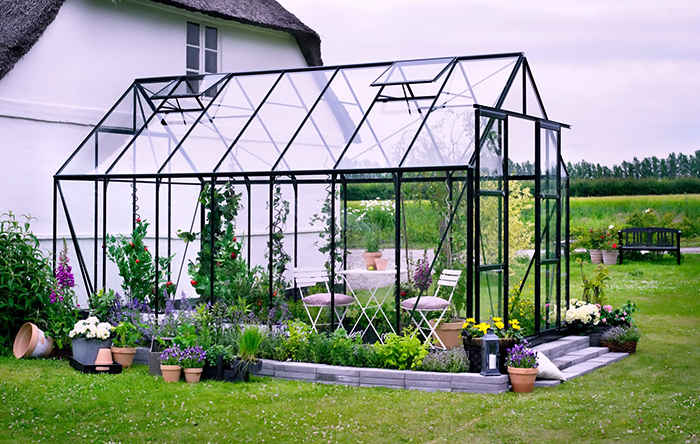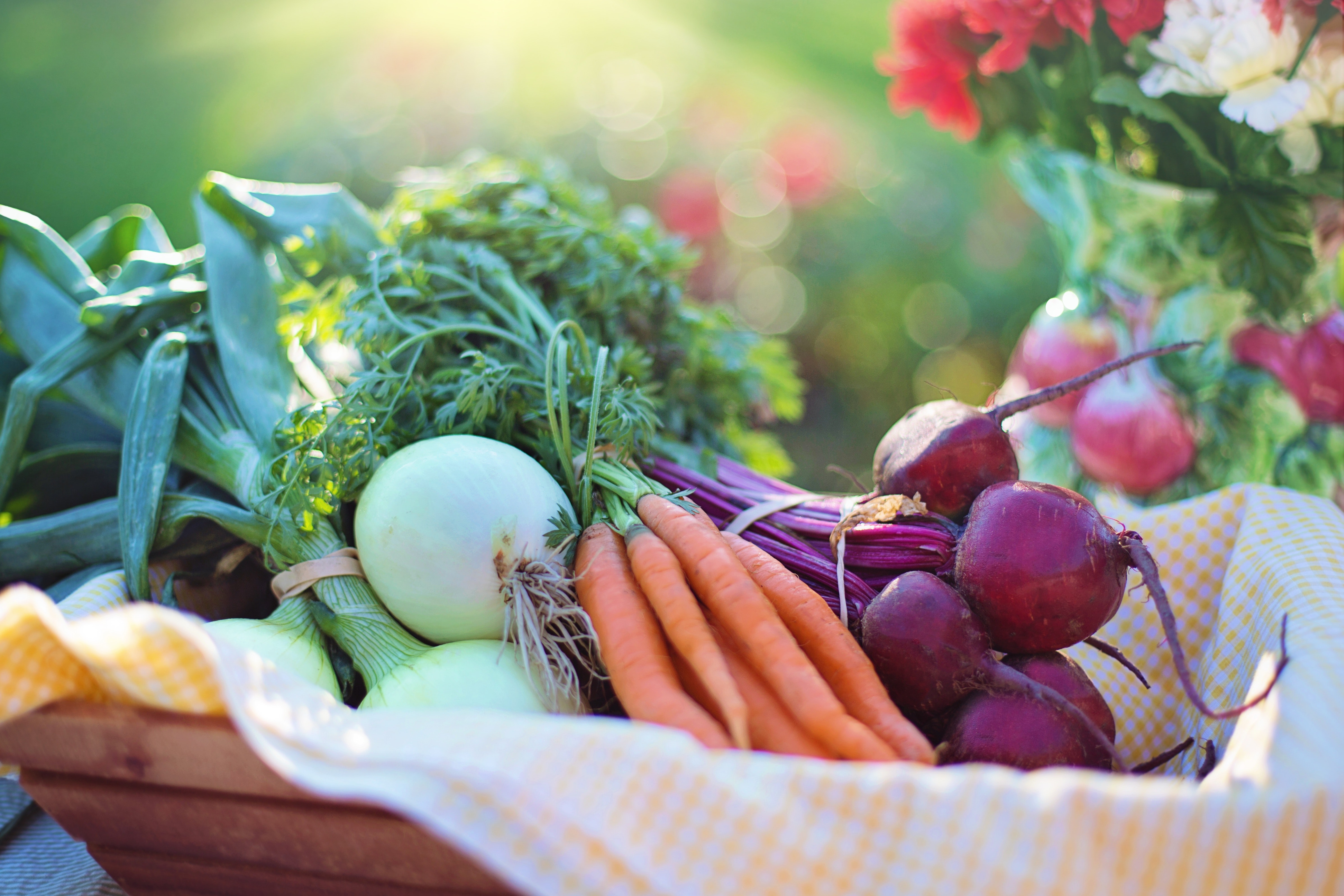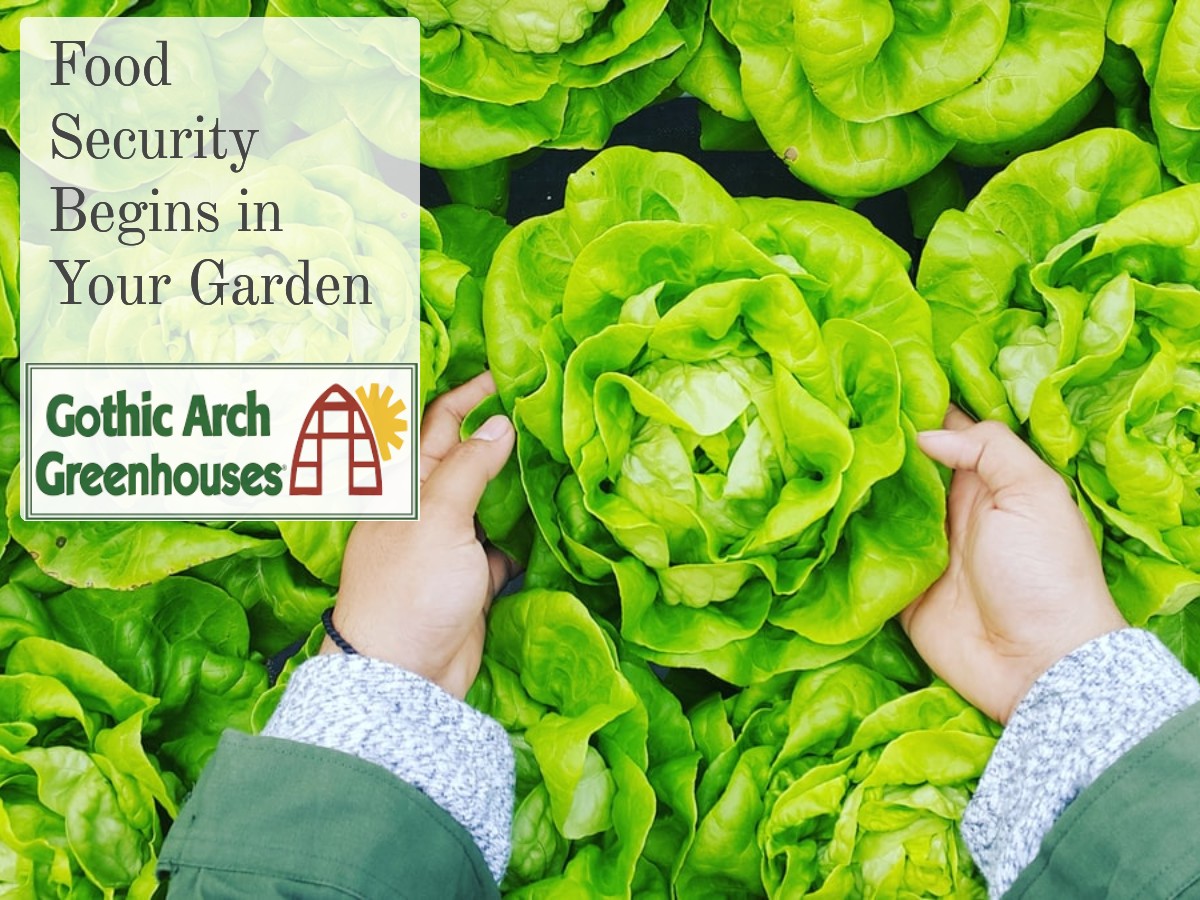Food Security
Amid the global crisis of staying healthy as a pandemic threatens our daily lives, food security is more on our minds than ever. Having access to your own supply of fresh, nutritious food when stores and supply chains are unreliable can give you peace of mind, as well as a healthy diet.
今年,我们开始一个博客系列to promote year-round growing, not knowing what would lie ahead. Many of our recommendations have given advice on how to grow food not just in a large garden or greenhouse, but also utilizing containers indoors, balconies, raised beds– really anywhere you can add a little green to your life. Now, with quarantines and supply chain disruptions, we understand that growing food for yourself may soon be more than a hobby, and might impact your overall food security. With that in mind, please enjoy our top recommendations for quick starting your food production and getting your plants to start producing ASAP.
How to Stimulate Quick Plant Growth

Like all living things, plants will thrive in an environment that is suited to their needs. Nourishment, light, water, and optimal temperatures are needed for seedlings to develop into healthy, bountiful crops. The absence of any one of these components can disrupt the plant’s ability to grow. Practicing good gardening methods and creating the healthiest environment for your plants will result in hearty yields and increase your own food production.
Soil for quick plant growth
Soil is the best place to start when planning your planting. Different plants have different soil requirements, so plan your in-ground bed arrangements to be able to separate your soil additives. If you are growing in containers or in a greenhouse, this becomes much easier to plan.
Start with a soil testing kit to determine what your soil is composed of, and what it may lack. Nitrogen, phosphorus and potassium, organic matter, and other soil additives can enrich your plant’s soil and nutrient profile.
Your seedlings may prefer rocky or sandy soil, or richer, more dense soil, so be sure to check a Farmer’s Almanac or other sources for your specific plants’ needs. Your local Ag. Extension Service an excellent resource to assist in your gardening endeavors.
Lighting for quick plant growth

A plant’s primary food source is light. Whether natural or artificial, without adequate light, plant growth can be stunted and slow, due to limited photosynthesis. Plants use all spectrums of light to create sugars for their survival, as well as to trigger growth responses.
A greenhouse is the best way to capture the sun’s power, promoting growth while keeping your plants protected from pests and adverse conditions. Greenhouses can also be outfitted with supplemental grow lights, or with blackout tarps and covers, both of which can be used to affect plants blooming, flowering, and fruiting cycles.
When growing outdoors or inside your home, planting on a south-facing slope, or in a southern exposed window where the sunlight pours in will generally speed up growth and fruiting. In any growing environment, if you can give extended light periods (in your greenhouse or under lamps) that will boost production immensely and reduce both weed and pest invasion.
As with soil, different plants also have different lighting requirements, so check online for the best advice for each crop you are growing. Researcher partners from the John Innes Centre, the University of Queensland, and the University of Sydney found that using lights that are optimized for increased photosynthesis in specific plants increased crop production threefold.
温度快速植物生长

Maintaining the perfect temperature for your plants can be difficult. Making use of hoop houses, covering when there is a cold snap, and adjusting watering schedules can help, but more perfect control can be obtained within a greenhouse setting. Maintaining the correct temperature for specific plants encourages growth and prevents damage. Know which temperatures your plants thrive in to encourage faster and healthier growth, and plan your planting calendar to take the best advantage of natural weather patterns if you are not growing inside of a greenhouse.
Increasing Food Security in Your Community
An idea that is taking hold in many communities is cooperative growing. Friends and family plan their crops together to take the best advantage of their own resources and can grow a greater variety of foods to share together. If you have a greenhouse full of juicy tomatoes, but your neighbor’s sandy soil is more suited to cilantro and root vegetables, then cooperative growing might be a great solution to increase your food security.
Staggering plantings and harvests with friends and neighbors will also help decrease your labor. If you plant two crops with similar light, soil, nutrient, and watering needs, and your co-op partner plants two different crops, then you can both optimize your feeding and watering efforts yet still have a variety of fresh, healthy food sources.
More Growing Tips for Maximum Food Security

In the coming weeks, our blog will focus on more growing tips, on seed starting, on crops that grow quickly, on different growing methods, and on different types of greenhouses and the best crops for them. We hope you all stay well and continue to support your health with the best from your edible garden.
If you’d like to discuss how a greenhouse can support your food security, our experts would love to speak with you! Call 1-800-531-4769 or send us an email today. Happy Growing!

